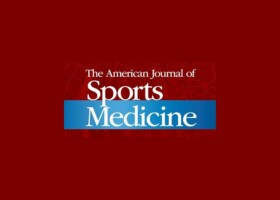
Authors:
Burak Altintas, Nicole Anderson, Grant J Dornan, Robert E Boykin, Catherine Logan, Peter J Millett
Abstract:
Rotator cuff tears are common and can lead to pain and dysfunction. The prevalence of rotator cuff tears in the general population is reported to be 9.7% among patients 20 years old and 62% among patients 80 years, demonstrating a profound increase with age. Among competitive collegiate American football players invited to the National Football League Combine, 12% have rotator cuff injuries. Overhead athletes are especially at risk of injury because the repetitive physiological demands put on the shoulder increase microtrauma, while contact and collision athletes have the added risk of acute traumatic tears. Chronic degenerative pathology is the most common pathomechanism in the elderly population. While low-demand older patients with chronic attritional tears may be more suited to nonoperative treatment, younger active patients with acute traumatic tears may be better treated with surgical rotator cuff repair (RCR).
The ultimate goal of surgical treatment for athletes is a symptom-free return to sport (RTS) at the same preinjury level of competition. Arthroscopic approaches have become increasingly popular over open approaches, owing to the potential advantages of less soft tissue trauma, decreased scar tissue and adhesions, and increased accessibility to treat concomitant injuries simultaneously. This less invasive operation also potentially offers a quicker recovery time as compared with open procedures, which is advantageous for an athlete's RTS. Given the increasing use of arthroscopic RCR, this review focuses on studies utilizing arthroscopic approaches to provide a detailed analysis of this technique. While some studies focused on the outcomes of RCR among athletes, none analyzed the differences between recreational and competitive athletes after only arthroscopic repair. In this systematic and meta-analysis, we aim to determine the rate RTS after arthroscopic RCR between recreational and competitive athletes. We hypothesize that competitive athletes will have a lower rate of RTS than recreational athletes, given the increased physiological demands of their sports and the higher skill sets needed to return to a competitive level and despite the significant financial incentive and high level of prestige of continuing at the same level.
For the complete study: Return to Sport After Arthroscopic Rotator Cuff Repair
